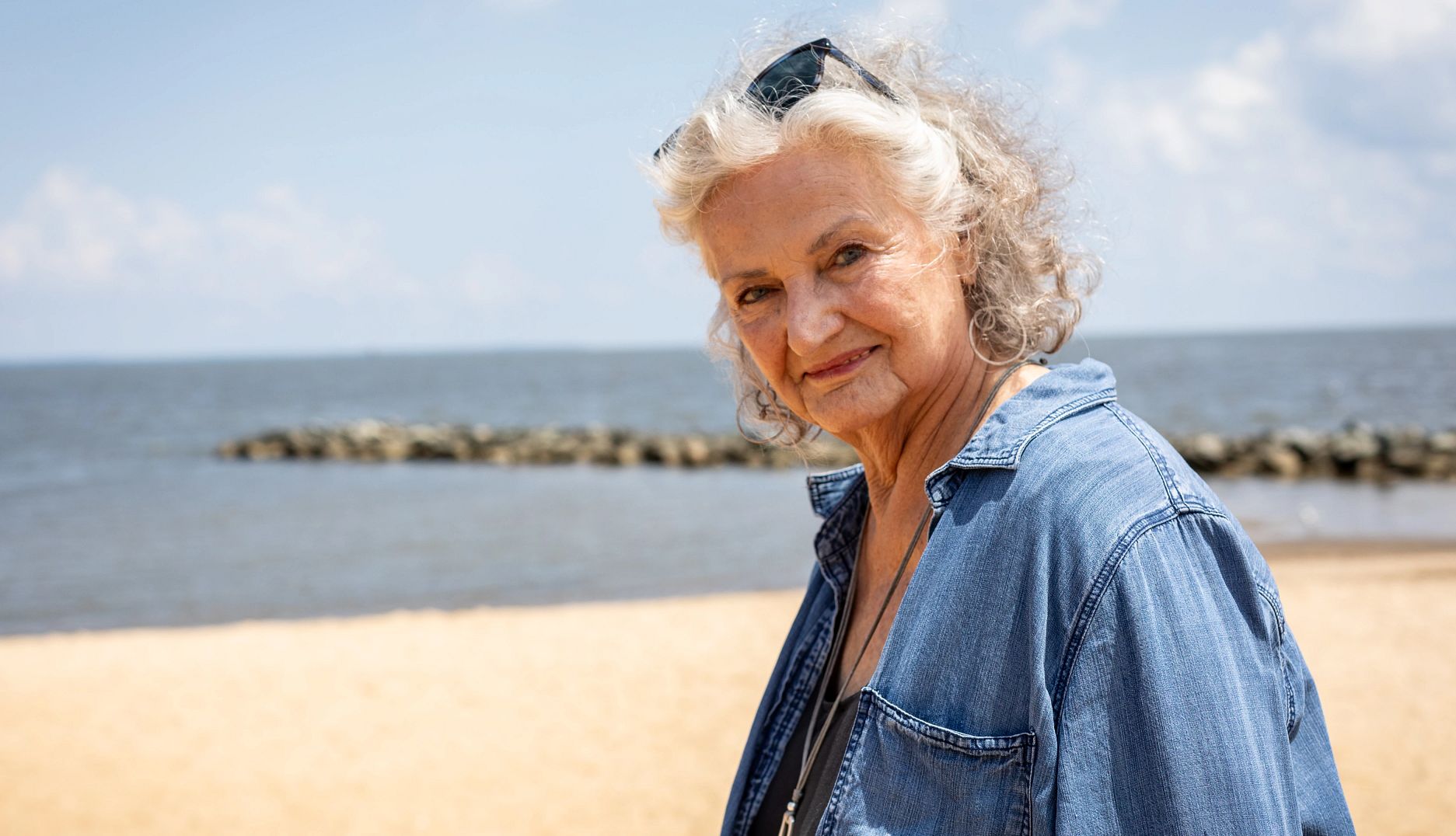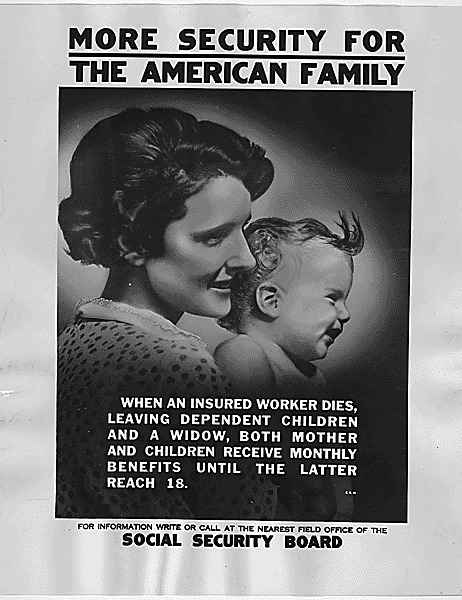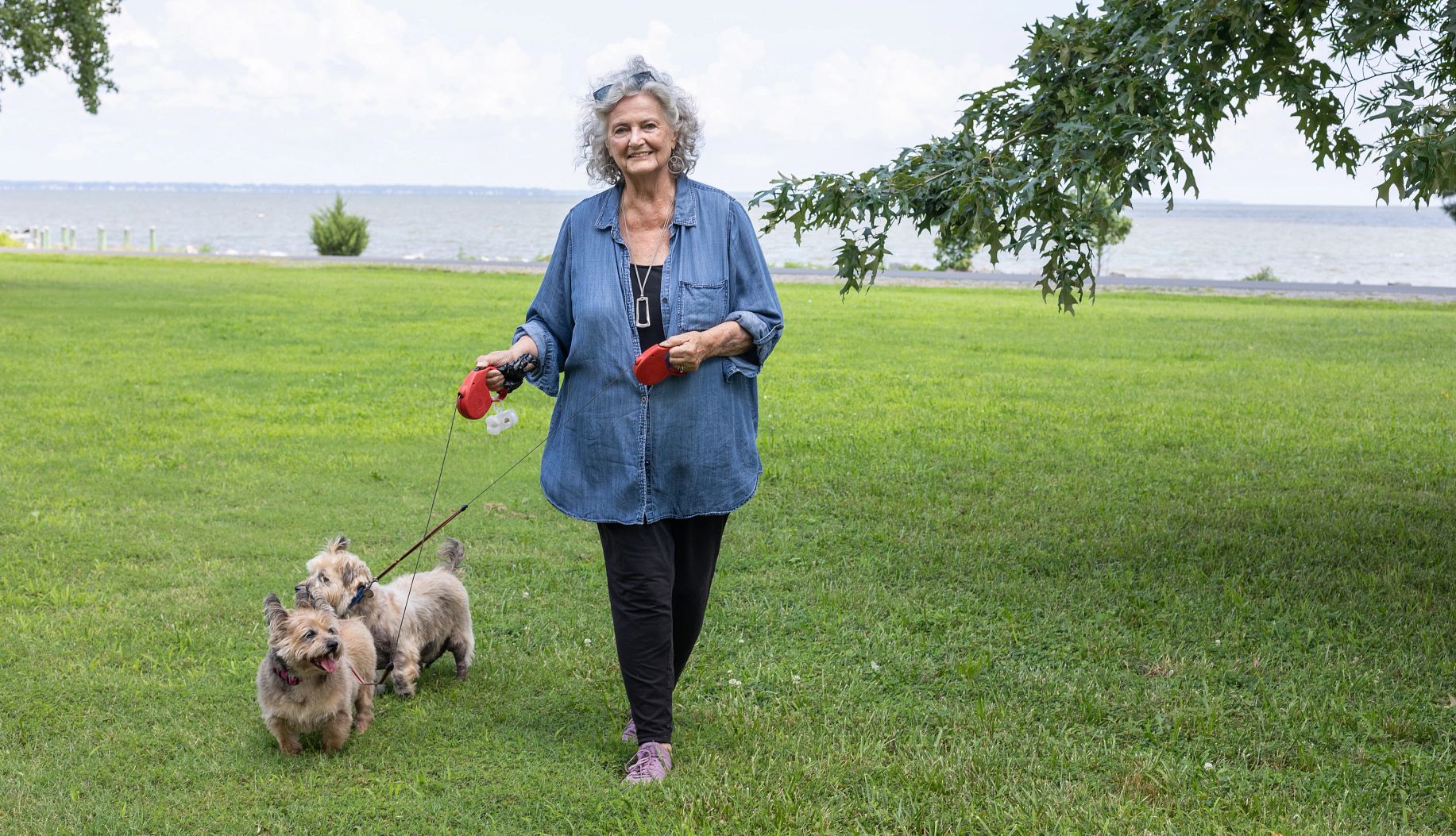AARP Hearing Center


Nine decades after being signed into law by President Franklin D. Roosevelt, Social Security has cemented its role as a pillar of retirement security, evolving from a Depression-era program focused on individual — and overwhelmingly male — workers to one designed to provide a financial backstop for families.
This evolution reflects a shift in culture as much as bureaucracy. As the nation’s population and workforce became larger and more diverse, Social Security benefits became broader and more inclusive.
In 1940, when Social Security began sending out monthly checks, men claiming benefits outnumbered women by nearly 8 to 1. At the end of 2024, women made up 54.5 percent of Social Security recipients and nearly 95 percent of those drawing benefits as the spouse or survivor of a higher-earning retiree.
Join Our Fight to Protect Social Security
You’ve worked hard and paid into Social Security with every paycheck. Here’s what you can do to help keep Social Security strong:
- Add your name and pledge to protect Social Security.
- Find out how AARP is fighting to keep Social Security strong.
- Get expert advice on Social Security benefits and answers to common questions.
- AARP is your fierce defender on the issues that matter to people 50-plus. Become a member or renew your membership today.
For millions of older women, facing financial circumstances shaped by historically restrictive gender norms, lingering income inequality and longer life spans, Social Security plays an especially vital role in safeguarding stability and independence. In a 2020 AARP survey marking Social Security’s 85th anniversary, two-thirds of women age 50 and older said they expected to rely substantially on their benefits in retirement, compared with just under half of men 50-plus.
Those gaps loom large for Cindy Hounsell, founder and president of the Women’s Institute for a Secure Retirement, a nonprofit organization focused on financial issues affecting older women. She recalls recently reviewing information on key contributors to poverty in older adults, such as fixed income, rising health costs and isolation.
“Out of five factors of what makes you poor in old age, I had four — and a lot of my friends did, too,” Hounsell says. “I was horrified.”
Changing norms, broader benefits
When it was conceived in the mid-1930s, Social Security reflected a different world. “It was really a model of a breadwinning husband and a wife who worked inside the home,” says Laura Quinby, associate director of research, employee benefits and labor markets at the Center for Retirement Research at Boston College.
“This arrangement left the wife very unprotected in retirement,” Quinby says. “We ended up with a very high rate of widows’ poverty.”


The program’s first moves to address women’s financial insecurity can be charted by the changing names of its agencies and programs. In 1939, Social Security expanded to include benefits for “dependent” spouses and survivors, and the office charged with enrolling and paying beneficiaries, the Bureau of Federal Old-Age Benefits, became the Bureau of Old-Age and Survivors Insurance. (It was eventually rolled into the Social Security Administration, or SSA.)
This evolution continued, slowly, as women moved into the workforce in larger numbers and social mores changed. Spousal and survivor benefits, initially limited to wives, became generally available to husbands in 1950. Benefits for divorced spouses were added in 1965, but only for women. (Divorced men would have to wait until the late 1970s, when a federal court ruling outlawed this gender distinction.) It wasn’t until 1983 that Congress passed legislation formally establishing gender neutrality in all benefit rules.
But while spousal and survivor benefits are now awarded to men and women on the same terms, they continue to play a much larger role in the lives and finances of older women, in large part because collecting them depends on having long-term lower earnings than their partner.




































































More From AARP
Nine Digits That Changed America’s Identity
How the Social Security number became the bulwark of our financial lives
5 Ways AARP Is Fighting for Social Security
AARP is pushing for improved customer service
Are You Afraid of Going Broke in Retirement?
These 8 tips can help you make your money last